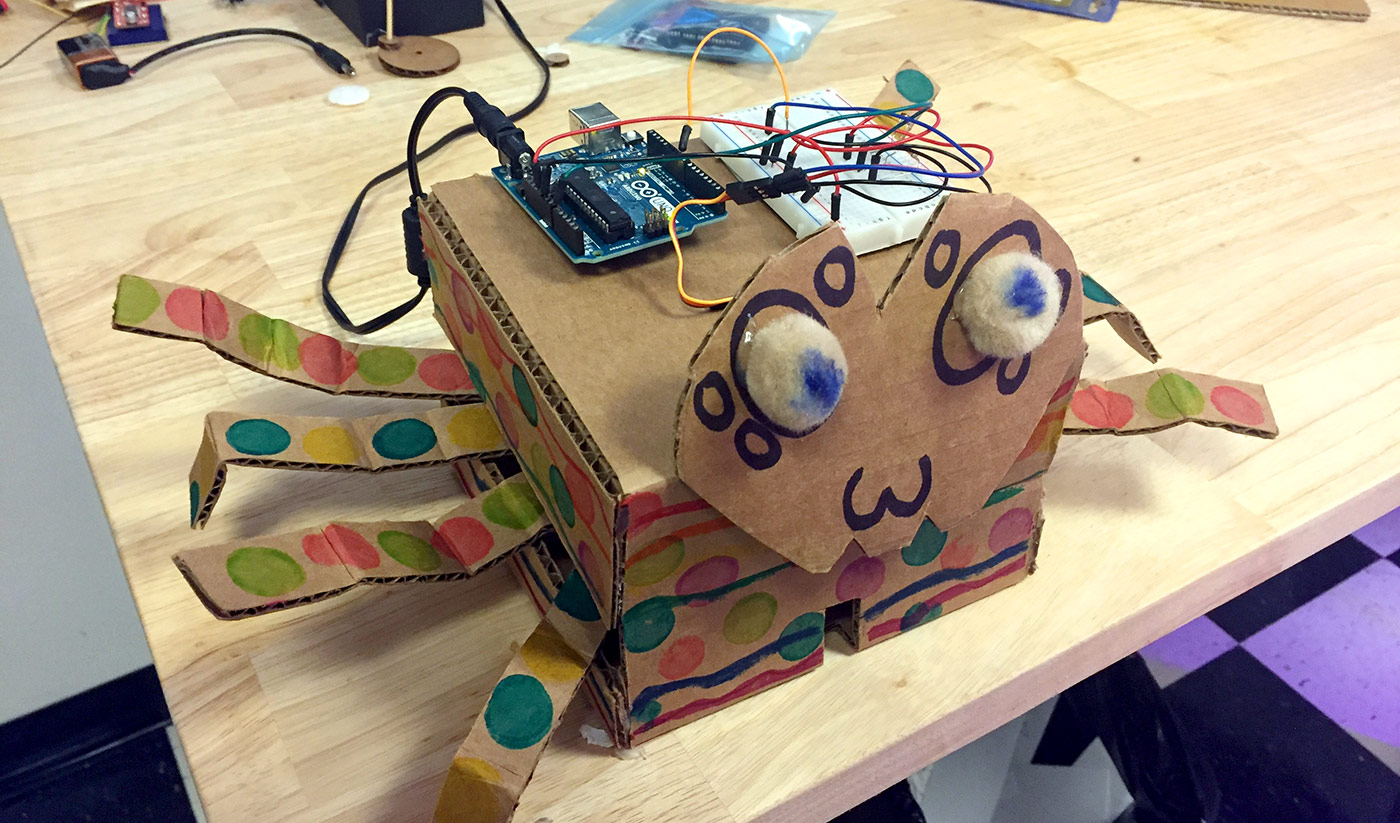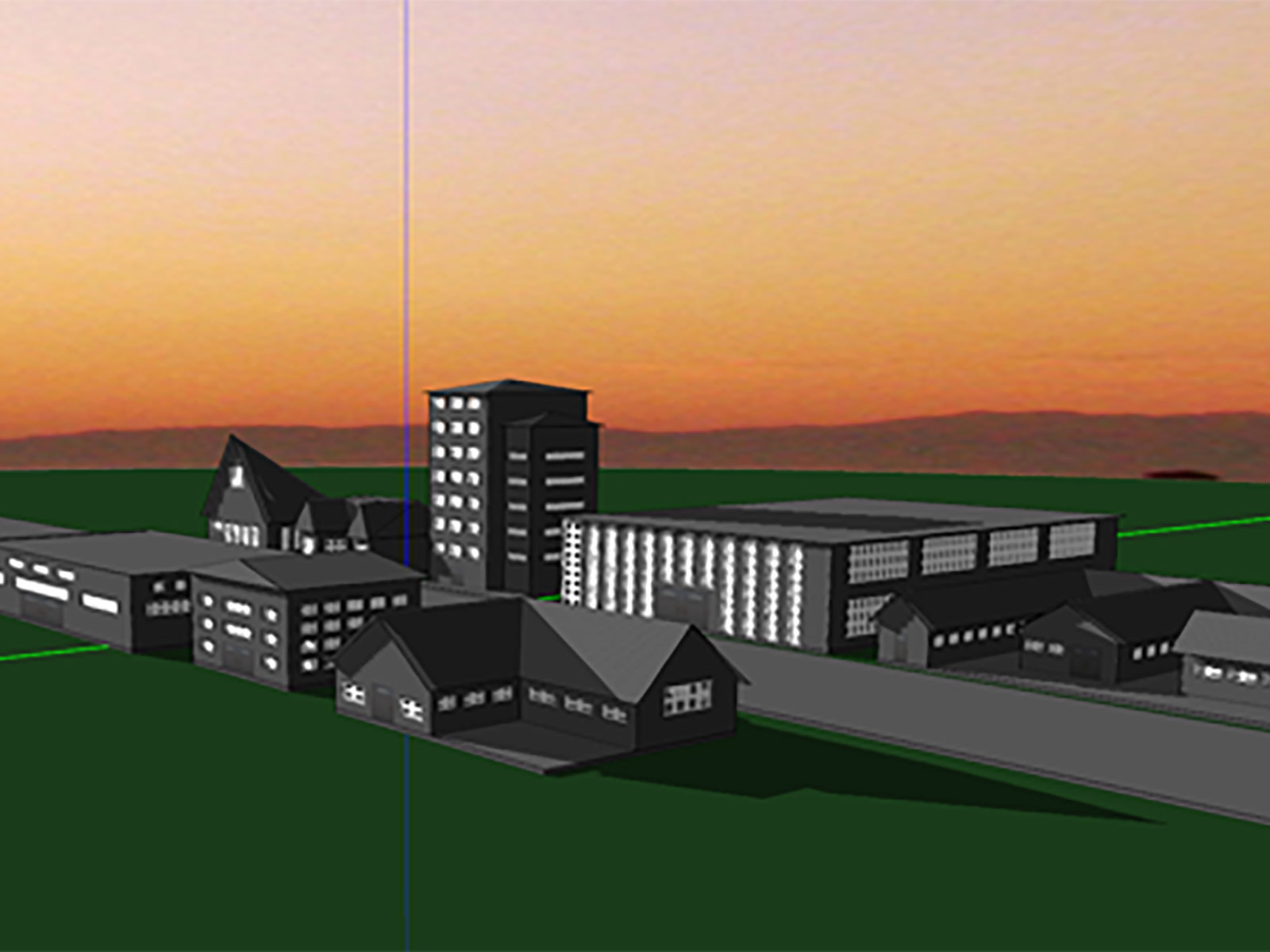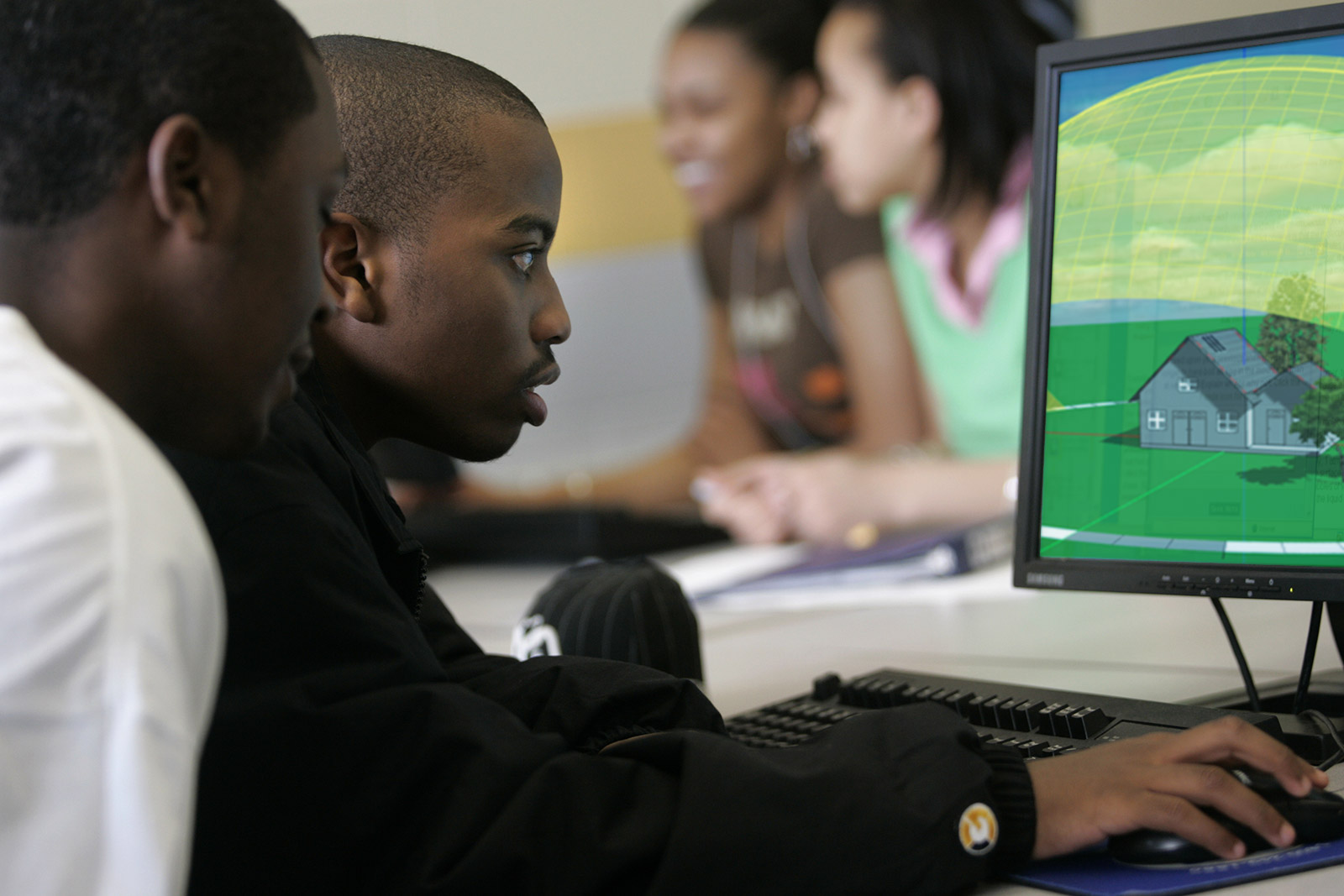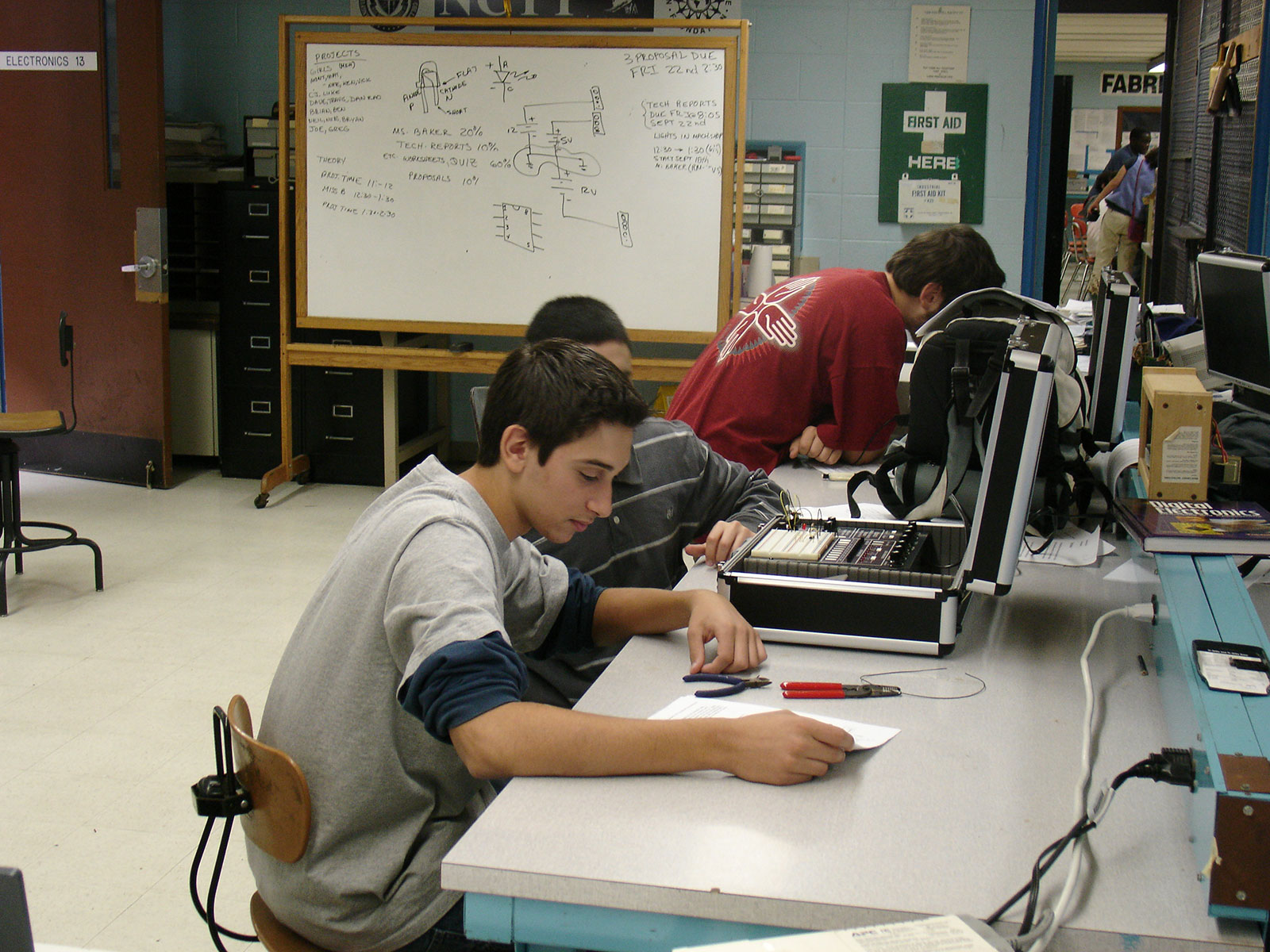Paper Mechatronics
Importance
Professional engineering is a complex, multifaceted activity. Today’s engineer needs to be resourceful and innovative, to build models, and to test and improve designs. Moreover, creating a new artifact is often an interdisciplinary effort. The task may well involve elements of computational, mechanical, and electronic construction. As a result, introducing young people to this field is a particular challenge.
We’re partnering with the Craft Technology Lab at the University of Colorado at Boulder and the Children’s Creativity Museum in San Francisco to introduce a new genre of engineering education through Paper Mechatronics, an activity that extends traditional children’s papercrafts with novel, accessible, computationally enhanced tools and materials to create original and compelling artifacts. Through paper mechatronics, children can create true working devices – machines, robots, toys, automata, kinetic artwork – using paper as the foundational building material.
This is a particularly opportune time to explore paper mechatronics as a medium for education and engineering. There is a burgeoning landscape of newly accessible, lightweight computational devices (microprocessors, power sources, sensors, and actuators) that are readily integrated into paper constructions. These elements may now be connected via innovative craft materials such as conductive threads, paints, and inks. Paper mechanical elements may be designed and printed via accessible high-precision fabrication tools such as desktop paper cutters and laser cutters. Design patterns and mechanical building blocks may be introduced and communicated, and their construction facilitated, by powerful software systems. In sum, the component tools and materials are now available so that youth can create high-quality, expressive, personally meaningful, and even (as expertise develops) challenging engineering projects. Moreover, paper mechatronics has the potential to reach a wide audience in formal and informal contexts because the materials are low-cost, and activities that use these materials can be gender-neutral and appeal to varied populations of learners with a variety of interest and backgrounds.
The curricular materials and design software for these projects are planned as open source, with materials using the code to be released under a Creative Commons license, and distributed for free via the Concord Consortium and the University of Colorado at Boulder’s Craft Technology Lab website.
Research
This project seeks to pioneer paper mechatronics by various means: through creating sample projects, novel “smart” crafting tools for paper, innovative design software, and instructional resources. The research will explore how young people learn engineering with paper mechatronics, and study how novices develop adaptive expertise in this creative and powerful medium. Adaptive experts are capable of drawing upon their knowledge, skills, and practices to generate new ways to solve new problems. The overall effort will further an approach to engineering education that is both interdisciplinary (integrating elements of programming, electronics, and mechanical design) and realistic, yet also playful and respectful of children’s creativity.
We will make use of workshops and activities at the Children’s Creativity Museum in San Francisco as a venue for pilot tests to study the development of adaptive expertise and to gather data on how children understand engineering. At the same time, we will extend the boundaries of paper mechatronics through the design of software tools, computationally enhanced handheld devices for working in paper, and experimentation with novel paper-like (flexible) materials for construction.
Videos
View this video and more on the Concord Consortium YouTube Channel.
Publications
- Dixon, C., Schimpf, C., & Hsi, S., (2019). Beyond Trial & Error: Iteration-to-learn using computational papercrafts in a STEAM camp for girls. American Society for Engineering Education, ASEE Annual Conference Proceedings, June 15-19, Tampa, FL.
- Dixon, C., Schimpf, C., & Hsi, S., (2019). The Card-board DIY Microcontroller for Use with Paper Mechatronics. American Society for Engineering Education, ASEE Annual Conference Resource Exchange, June 15-19, Tampa, FL.
- Hsi, S., & Dixon, C. (2018). Paper mechatronics: A case for craft-based engineering education. @Concord, 22(1), 8-9.
- Oh, H., Kim, J., Morales, C., Gross, M. D., Eisenberg, M., and Hsi, S. (2017). FoldMecha: Exploratory design and engineering of mechanical papercraft. In Proceedings of the eleventh international conference on tangible, embedded, and embodied interaction (TEI ’17) (pp. 131-139). ACM, New York, NY, USA.
- Oh, H., Hsi, S., Klipfel, K., and Gross, M. D. (2017). Paper machines. In Proceedings of the eleventh international conference on tangible, embedded, and embodied interaction (TEI ’17 Studio Proposal) (pp. 771-774). ACM, New York, NY, USA.
- Oh, H., Harriman, J., Narula, A., Gross, M. D., Eisenberg, M., and Hsi, S. (2016). Crafting mechatronic percussion with everyday materials. In Proceedings of the TEI ’16: Tenth international conference on tangible, embedded, and embodied interaction (TEI ’16) (pp. 340-348). ACM, New York, NY, USA.
- Oh, H., Gross, M. D., and Eisenberg, M. (2015). FoldMecha: Design for linkage-based paper toys. ACM symposium on user interface software & technology (UIST ’15 Poster) (pp. 91-92). ACM, New York, NY, US.
- Oh, H., Eisenberg, M., Gross, M. D., and Hsi, S. (2015). Paper mechatronics: A design case study for a young medium. In Proceedings of the 14th international conference on interaction design and children (IDC ’15) (pp. 371-374). ACM, New York, NY, USA.
- Milne, A., Hsi, S., and Almaguer, A. J. (2015). Robot petting zoo makeathons – Designing paper mechatronics with teens. In FabLearn 2015: Conference on creativity & fabrication in education, Sept 26-27, Stanford University.
- Eisenberg, M., Oh, H., Hsi, S., and Gross, M. D. (2015). Paper mechatronics: A material and intellectual shift in educational technology. In International conference on interactive collaborative learning (ICL ’15) (pp. 936-943). IEEE, Florence, Italy.
- Oh, H. (2015). From papercraft to paper mechatronics: Exploring a new medium and developing a computational design tool. In ACM symposium on user interface software & technology (UIST ’15 Doctoral Consortium) (pp. 17-20). ACM, New York, NY, USA.







